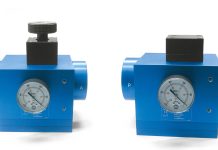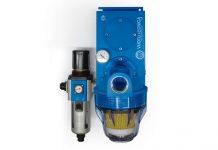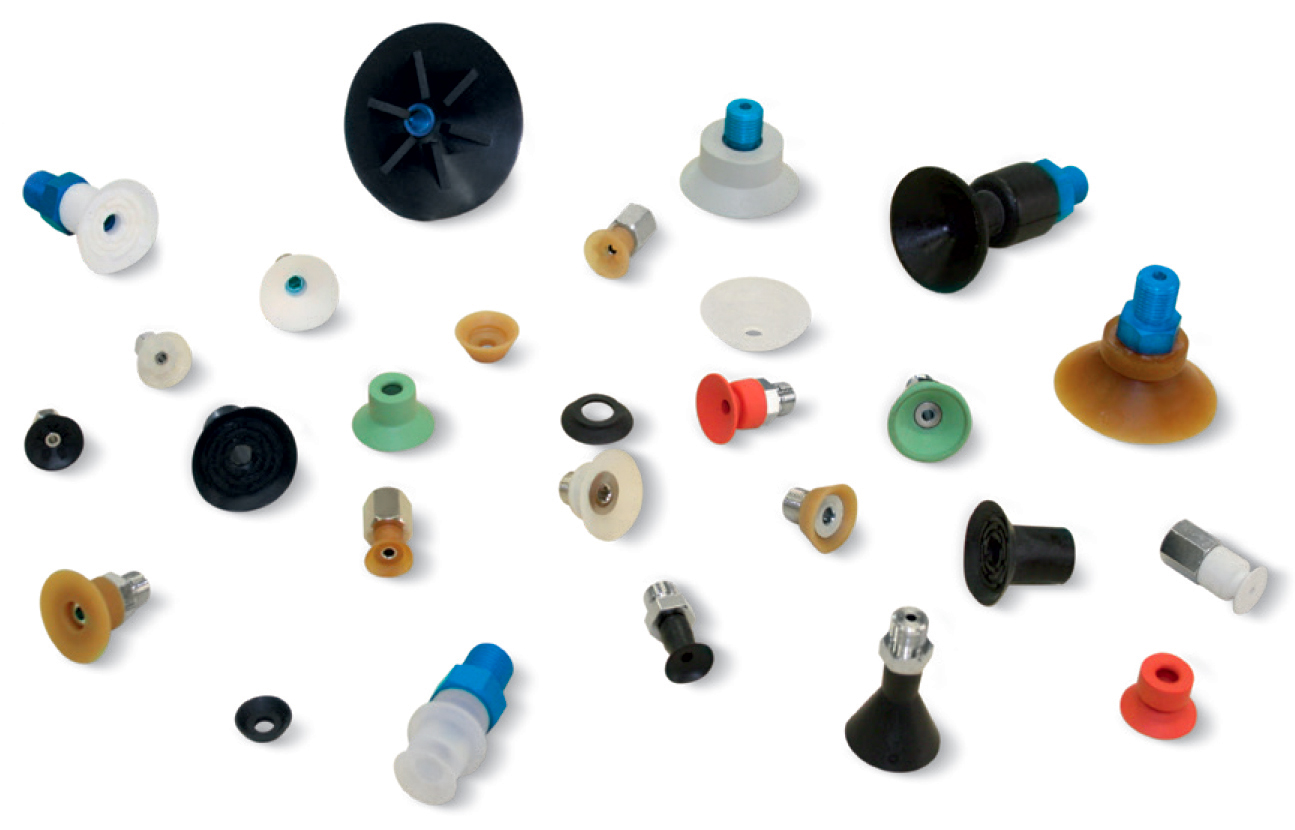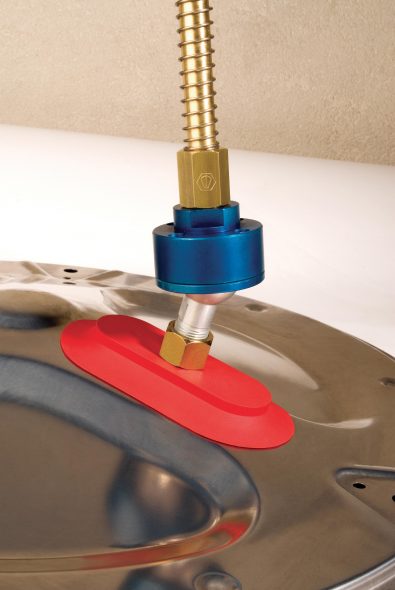
When designing vacuum gripping systems, one has to consider that different applications involve different solutions, it seems obvious; but if one wants to make efficient use of energy and limit design and maintenance costs, as well as achieve an efficient system, the sizing and choice of suction cups matter most of all.
In contact with smooth surfaces such as glass or sheet metal, it is easy to assess their size, as losses are minimal.
Once the safety factor is determined, choosing suction cups smaller than the useful size puts the system at risk or at best the design fails. Suction cups larger than necessary, on the other hand, lead to unnecessary extra costs. This is intuitive.
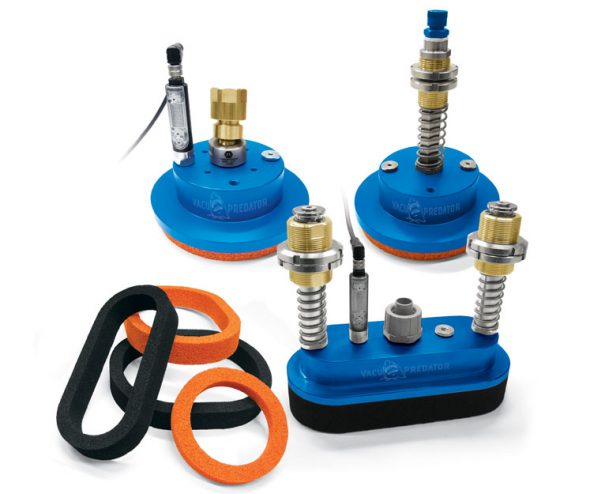
The situation becomes more complicated, however, when products with irregular or porous surfaces, such as bags, boxes and packages, have to be gripped: the sizing of the suction cups becomes more complex, because it is not possible to have a completely perfect seal. Leakage reduces pressure and gripping force.
Larger diameter suction cups tend to have thicker lips that do not seal well on uneven surfaces compared to smaller suction cups with thinner lips. This seems counter-intuitive because the larger diameter cups can theoretically provide a greater gripping capacity, the problem, however, is leakage.
Containing them by choosing the most suitable material for grip is the best choice. In this case, the diameter is only to be considered later.
Finally, in order to solve the problem, there are those who think that a pump with a higher flow rate can compensate and allow a higher vacuum level to be reached, but doing so not only increases the direct cost of the pump but also the energy consumption and the footprint. This is why it is a trick that should only be considered if it is really necessary. Would you ever use an excavator to pick up a single pebble?

Finding the most suitable suction cup is crucial and also determines the size of the other components and the efficiency of the application.
To find the most suitable suction cup: www.vuototecnica.net


















